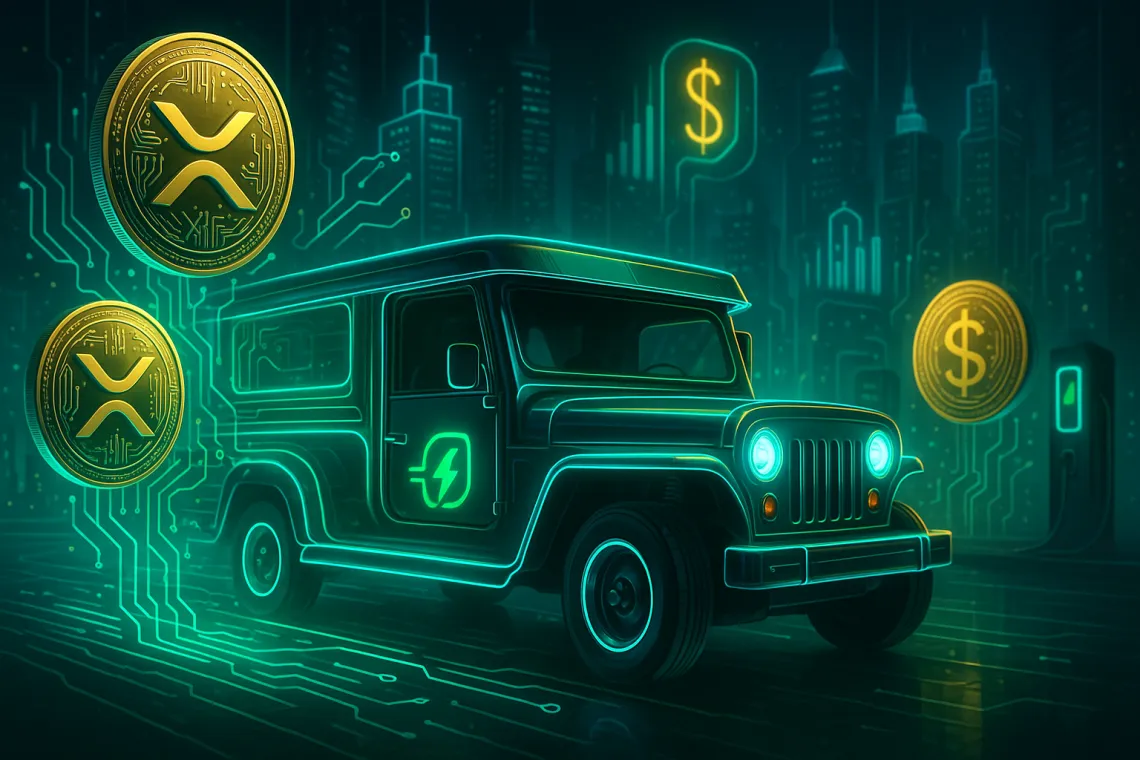The union of the Internet of Electricity (IoE) and the Internet of Value (IoV) results in a new, integrated system that can be called the Power Token Economy. This confluence is the inevitable result of two separate megatrends realizing they solve each other’s core existential flaws.
A New Global Operating System
The IoE provides the real-time data on physical events (e.g., “1 kWh generated at location X at time T”). The IoV provides the trustless economic engine to immediately attribute value and settle the transaction (e.g., “transfer $1.00 of value from neighbor Y to prosumer X”).
| Layer | Function | Core Technology | IoE/IoV Example |
| Physical Layer | Power Generation & Flow | Solar PV, Battery Storage, Wires | Electron is generated by rooftop solar. |
| Data Layer (IoE) | Monitoring & Control | Smart Meters, Sensors, SCADA, AI | Smart Meter records 1.5 kWh surplus injection. |
| Trust Layer (IoV) | Attribution & Settlement | DLT, Smart Contracts | Smart Contract triggers P2P sale to EV next door. |
| Value Layer | Economic Incentive | Energy Tokens, Carbon Tokens | Token (value) is instantly transferred to prosumer’s wallet. |
The Systemic Impact
- Monetizing Grid Stability: The IoV’s capacity for micropayments unlocks previously inaccessible value. Smart contracts can issue tokens as rewards to autonomous devices (like smart batteries or EV chargers) for providing ancillary grid services, such as increasing a charge rate for two minutes to manage frequency deviations. The grid stabilizes not by central decree, but by decentralized, instantaneous economic incentives.
- Verifiable Sustainability: The confluence solves the “greenwashing” problem. The IoE sensor validates the power’s physical provenance (solar, wind), and the IoV creates an immutable digital provenance (a tokenized Renewable Energy Certificate). Companies can buy, and regulators can verify, the actual, non-double-counted source of their energy consumption.
- Financializing Infrastructure: By tokenizing future energy output or ownership claims on a microgrid, the system unlocks democratized capital. Retail investors can fund local infrastructure projects through token purchases, bypassing traditional financial intermediaries and accelerating the transition to renewable energy in underserved communities.
The ultimate significance of this confluence is the creation of a single, unified operating system for the planet’s most critical and ubiquitious resource. It transforms the electron from an analog physical commodity into a programmable digital asset, enabling resilience and efficiency that the 20th-century centralized model could never achieve. VivoPower is positioning itself at this very intersection, with a core purpose to bring the internet of electricity and internet of value solutions to the world, especially across developing nations.
